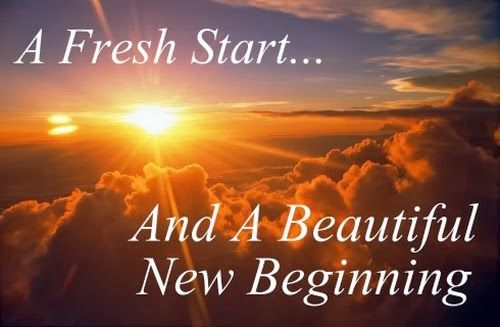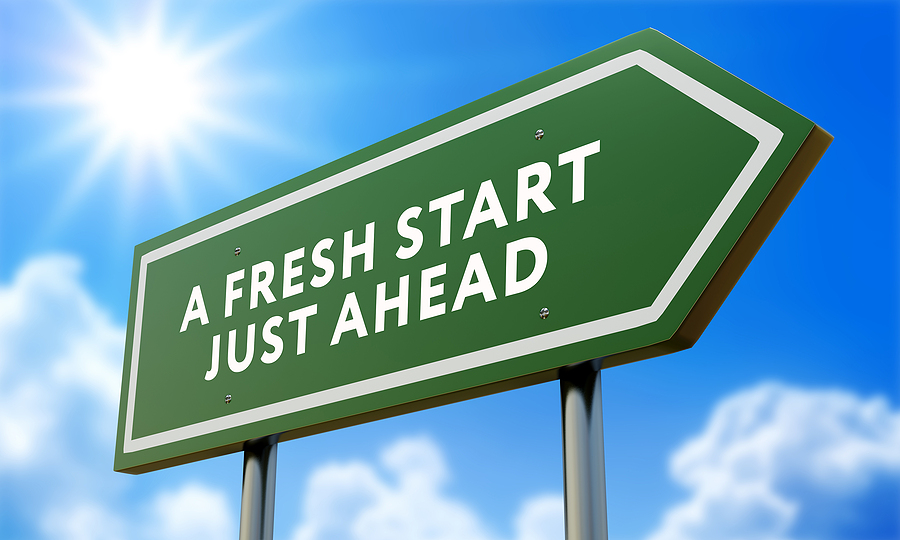Product Backlog Bankruptcy
Evelyn Tian
I usually steer clear of dramatic titles and topics, like "Agile is dead," as they often evoke negative feelings and thoughts.
However, today we're exploring an exception - let's explore Product Backlog Bankruptcy.
I usually steer clear of dramatic titles and topics, like "Agile is dead," as they often evoke negative feelings and thoughts. However, today we're exploring an exception.
During a recent mentoring session, a passionate product professional asked about Product Backlog Bankruptcy, sparking considerable curiosity. In this blog, I'll explain what Product Backlog Bankruptcy is, when to consider this dramatic approach, some alternative terms, how to declare bankruptcy, how to manage it, and how to avoid needing it.
What is Product Backlog Bankruptcy?
Product Backlog Bankruptcy involves discarding all existing items in the product backlog and starting fresh.
As a product professional in agile development, maintaining a D.E.E.P. product backlog through continuous collaboration and refinement is crucial for focus, productivity, and excellence. However, this is easier said than done. When I start with new clients, whether large corporates or small startups, I often find that the product backlog has become a dumping ground. Different stakeholders or departments throw items into it indiscriminately, leading to old, vague, outdated items that create confusion and frustration. As a result, the backlog becomes bloated and unmanageable, hindering iterative and incremental development rather than facilitating it.
Symptoms Indicating Product Backlog Bankruptcy May Be Needed:
Symptoms Indicating Product Backlog Bankruptcy May Be Needed:
Overwhelming Size: The backlog contains hundreds or even thousands of items, making it unmanageable.
Increasing Trend: The number of new items grows faster than items are completed.
Stale Items: Many items are outdated or irrelevant, leaving people wondering how they ended up in the backlog.
Poor Quality: Items are vague and no longer applicable.
Stakeholder Confusion: Stakeholders are unclear about priorities and have conflicting views.
If these symptoms sound familiar, product backlog bankruptcy, though a radical approach, might be necessary.

Choosing the Right Term
Before discussing the steps to declare product backlog bankruptcy, let's consider the impact of the word "bankruptcy." It can evoke mixed reactions and may be used negatively by those skeptical of agile and Scrum. Therefore, step 0 is to evaluate alternative terms that convey the intention of a fresh start. Terms like "purging the product backlog," "restarting," or "fresh start" can be more palatable while achieving the same objective.
Implementing Product Backlog Bankruptcy
Once a suitable term is chosen, it's time to implement the process. Avoid simply announcing it via email; instead, work towards fruitful collaboration.
1, Stakeholder Alignment and Buy-in: Ensure all key stakeholders, including development teams, product managers, and business stakeholders, understand the pain of the current situation, the need for a fresh start, and are on board with the decision.
2, Alignment on Product Vision and Goals: Ensure a shared understanding of the product’s vision and goals to align efforts towards common objectives.
3, Alignment on Product Strategy and Roadmap: Aligning stakeholders on strategy and roadmap improves decision-making, resource allocation, and product success. Start with a high-level roadmap outlining major milestones, timelines, and deliverables.
4, Alignment on Prioritization Logic: Agreeing on prioritization criteria ensures a unified approach, maximizes impact, efficiently allocates resources, and builds stakeholder trust.
A collaborative workshop for the above purpose can be quite helpful. A few things I normally do prior to the workshop include:
- have individual conversations with key stakeholders to let them feel the pain and build the desire to seize this opportunity of a fresh start;
- speak to stakeholders that have big influences and navigate directions
- secure a good facilitator (check out what to expect from a facilitator or learn more about facilitation through our Certified Agile Facilitator program).
A collaborative workshop for the above purpose can be quite helpful. A few things I normally do prior to the workshop include:
- have individual conversations with key stakeholders to let them feel the pain and build the desire to seize this opportunity of a fresh start;
- speak to stakeholders that have big influences and navigate directions
- secure a good facilitator (check out what to expect from a facilitator or learn more about facilitation through our Certified Agile Facilitator program).
Further Stakeholder Alignment:
5, Operational Procedures for Adding Items: Define how to add items to the backlog and establish procedures for regular reviews, adjustments, and decision-making when stakeholders have conflicting opinions.
6, Maintaining a D.E.E.P. Product Backlog: Agree on how to conduct regular reviews and purges, and commit to continuous refinement.
Archiving the Old Backlog
Back up the current product backlog and start a new one. Don’t just delete the old backlog; archive it. This way, you can refer back to it if needed without it cluttering your current workflow.

Final Words
Product backlog bankruptcy is not a decision to be taken lightly, but it can be a powerful tool for resetting and refocusing your development efforts. By starting fresh, you can ensure that your product backlog is a valuable vehicle that drives your product forward rather than a burden that holds it back. With clear priorities, defined criteria, and regular grooming, you can maintain a healthy product backlog that supports collaboration with stakeholders, integrates their experiences and intelligence, and helps your teams deliver high-quality, valuable products.

Empty space, drag to resize
Stay tuned for our next blog post and free learning contents, and keep an eye on our upcoming workshops.
In our Advanced Certified Scrum Product Owner (A-CSPO) workshop, you will get to take a deeper dive into prioritization and of course many other subjectives, including Evelyn’s unique 4-D stakeholder related tools, hypothesis driven product development, roadmap design, product metrics and more.
You will be working with Evelyn Tian, who has solid hands-on product manager experience, product management for large complex products, and has been mentoring product, and product professionals across different industrials.
As a coach and a trainer with solid product experience, she facilitates her product related workshops in her very unique way, and has supported product professionals through mentoring and training.
As a coach and a trainer with solid product experience, she facilitates her product related workshops in her very unique way, and has supported product professionals through mentoring and training.
Want to advance Agile product Ownership, check out our offerings on the entire product path.
Write your awesome label here.
Join our community
Thank you!
We have supported practitioners from 80 countries, and have monthly free activities for our community members.
You can bring any topics to our activities, or just get ready to network.
You can bring any topics to our activities, or just get ready to network.
Who we are
We are the training, coaching and consulting company that offer all your growth needs.
Get in touch
-
Evelyn Konsult AB
Stockholm, Sweden -
training@evelynkonsult.se
-
+46708883268
-
Affiliate Program
Copyright © 2025
Sign up to our newsletter!
Thank you!
Write your awesome label here.

